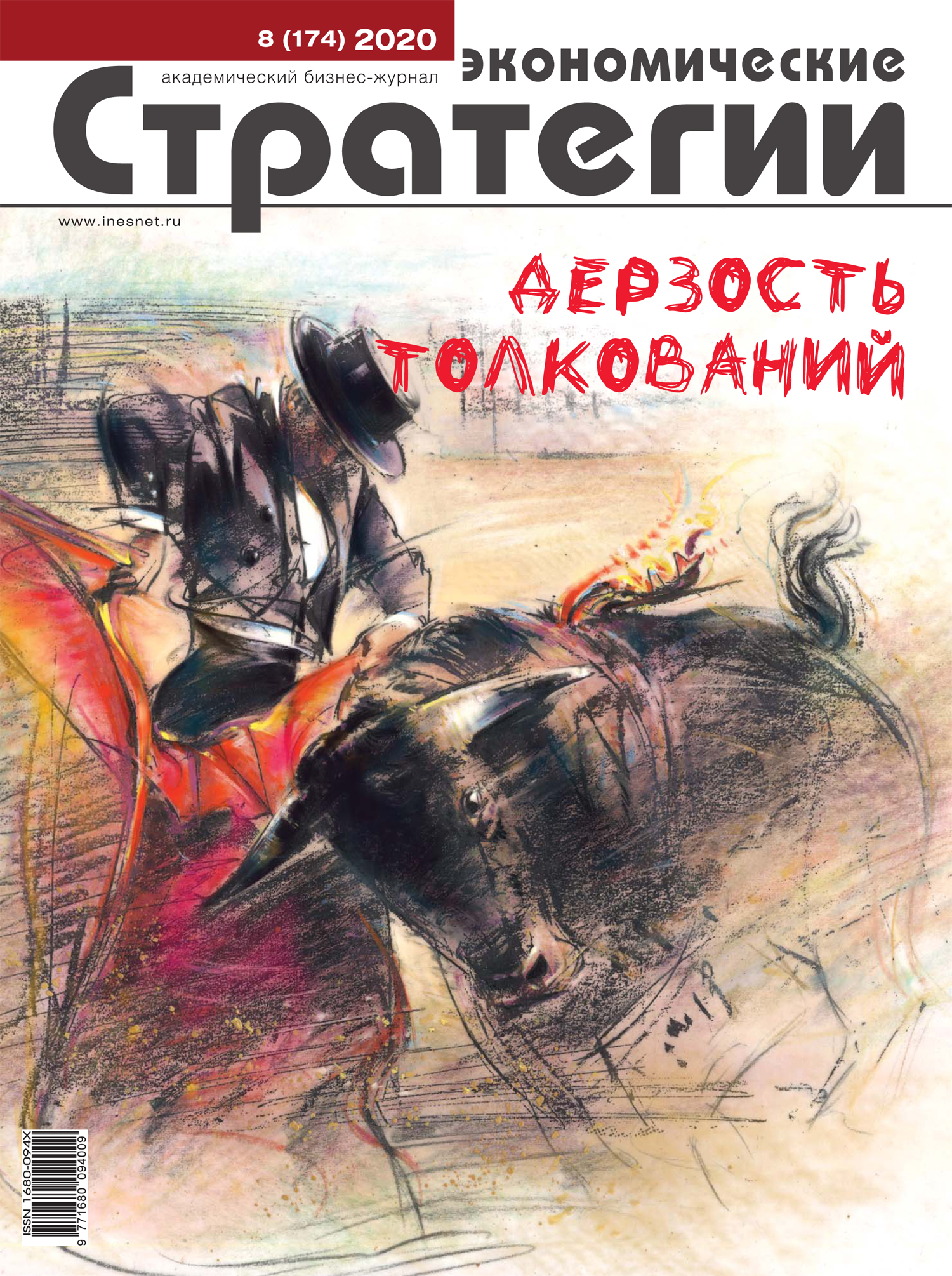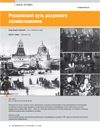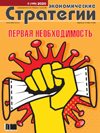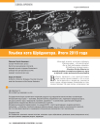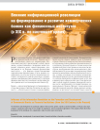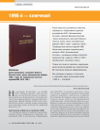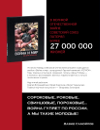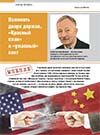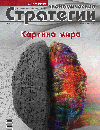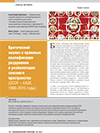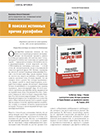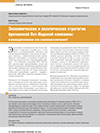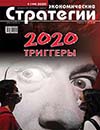
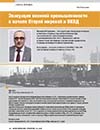
DOI: 10.33917/es-2.168.2020.142-151
A few months after the fascist Germany’s attack on the USSR, under harsh wartime conditions, at the end of 1941 military industry of the Soviet Union began to produce such a quantity of military equipment that subsequently was providing not only replenishment of losses, but also improvement of technical equipment of the Red Army forces . Successful production of military equipment during World War II became one of the main factors in the victory over fascism. One of the unlit pages in affairs of the People’s Commissariat of Internal Affairs (NKVD) is displacement and evacuation of a huge number of enterprises and people to the east, beyond the Urals, which were occupied by German troops at the beginning of the war in the summer of 1941. All this was done according to the plans developed with direct participation of NKVD, which united before the beginning and during the war departments now called the Ministry of Internal Affairs, FSB, SVR, the Russian Guard, Ministry of Emergency Situations, FAPSI and several smaller ones. And all these NKVD structures during the war were headed by Lavrenty Pavlovich Beria
Продолжить чтение


